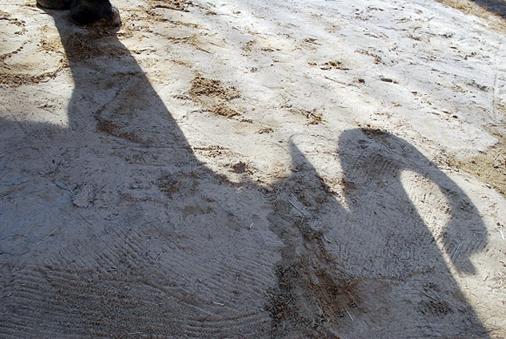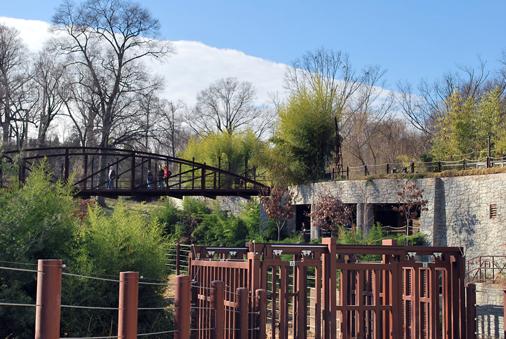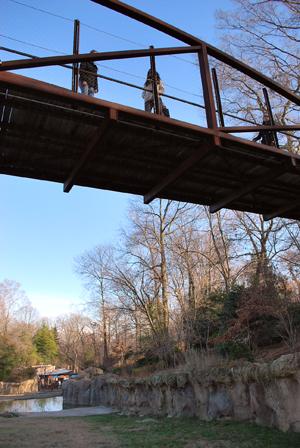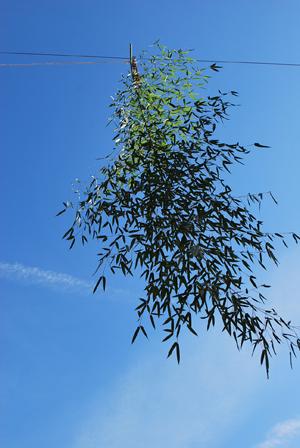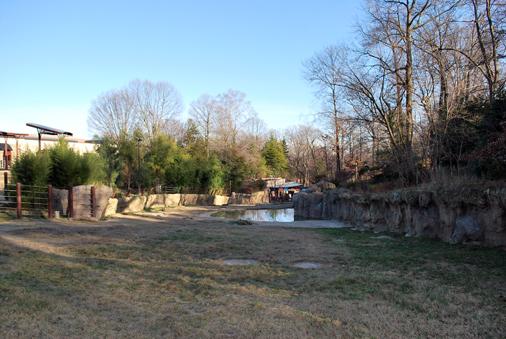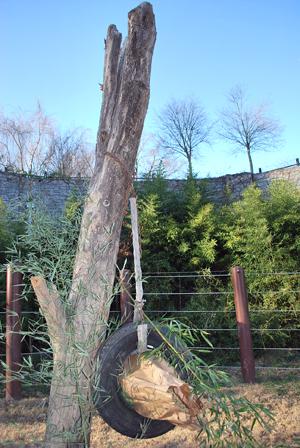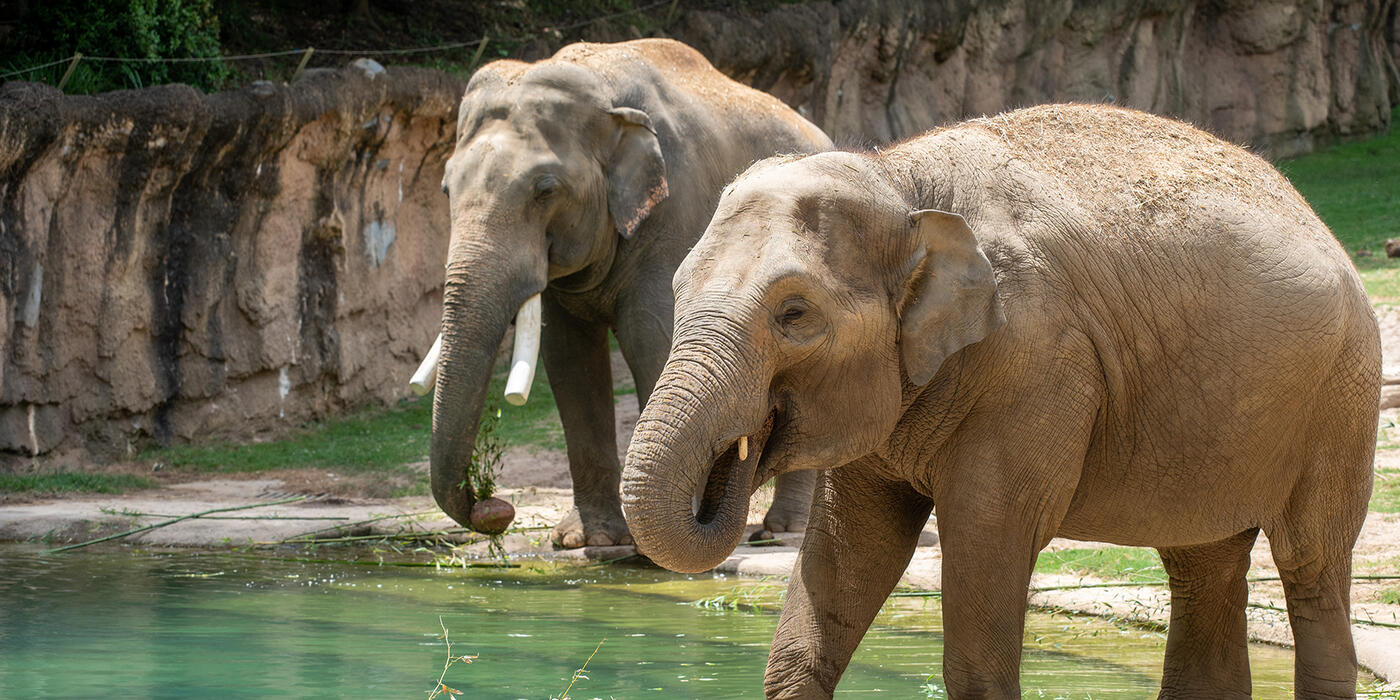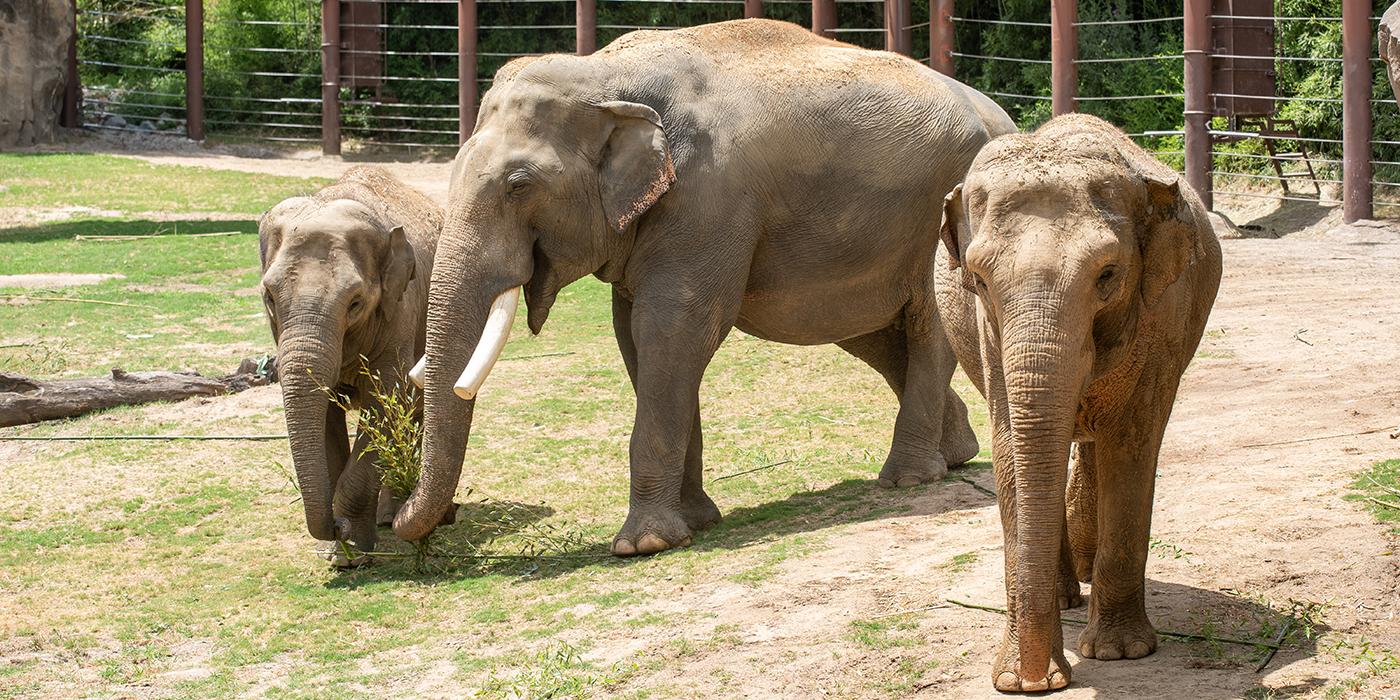Elephant Diaries Jan 01, 2013
Do you wonder what the world looks like from an animal's point of view? While visiting a zoo, have you ever looked at an object placed in an exhibit, a log or toy, for instance, and wondered why it was there? An exhibit's design is carefully and deliberately planned, not only to ensure the comfort, safety, and health of the animals, but ultimately to encourage natural behavior. This is true whether the animal is as small as an ant or spider or as large and powerful as elephants.
Over the next few weeks, we will share photos of our new Elephant Trails exhibit from an elephant's point of view. To approximate what our elephants see, we start off with a camera to boost ourselves up to see all Elephant Trails has to offer from Shanthi, Ambika, and Kandula's perspective. We can never know exactly what our elephants see as they wander through their home, but these photos will give you a comprehensive view of what Elephant Trails looks like from the inside out. And we had a great time shooting the photos!
We start off with Part 1 of our current outdoor elephant habitat, consisting of one large yard that can be separated into two separate areas. This allows us to appropriately manage our resident elephants' social structure—two adult females that live together and one juvenile male that spends much of his time energetically playing with toys and interacting with keepers.
In the next two months we will see the completion of Phase 2 of Elephant Trails. In a few short weeks, we will start introducing Shanthi and Ambika to the Elephant Community Center. Stay tuned to our photo blog to get an elephant's eye view of our new barn and habitats in the coming weeks. After a busy morning of baths, breakfast, and pedicures, our elephants dust themselves with sand and dries off in the warm morning sun. Elephants gather sand and mud with their trunks and throw it onto their bodies, providing sun protection and repelling bugs. Sand helps dry and warm their skin in the cooler months, while mud helps to keep them cool in the hotter months. From this vantage point, our elephants can hear vocalizations from the top of the Zoo to the bottom, including giant pandas, zebras, lions, gibbons, sea lions, and wild owls and hawks. Trees and foliage provide visual interest as well as shade, foraging opportunities and privacy, giving the elephants many options in how they use the habitats. While grazing on grass and bamboo, our elephants can raise their heads to peek at Zoo guests as they hear them cross the bridge. Being the largest land mammals, elephants do not often have a need to look above themselves. Offering this unique perspective is enriching for our elephants, allowing them to be near the bridge to see and hear zoogoers as they choose. Hanging above an elephant's head, bamboo on the zipline encourages natural foraging behavior. In addition to bamboo, elephants eat about 100 pounds of food each day including seasonal fruits and vegetables, hay, and grain supplements. In the wild, elephants can gorge themselves on 300 to 500 pounds of bark, leaves, branches, and grasses in one day. Looking for a warm spot for a nap, our elephants follow the afternoon sun as it peeks through the branches of large shade trees on the ridge. The shade changes location throughout the day, encouraging the elephants to move about the habitats to regulate their own body temperature. At the top of the hill, our elephants are attracted to a 10-foot tall tree, to which keepers have added toys, browse, and food-filled paper bags. Keepers encourage natural behaviors like pushing and uprooting trees.
Related Species:
